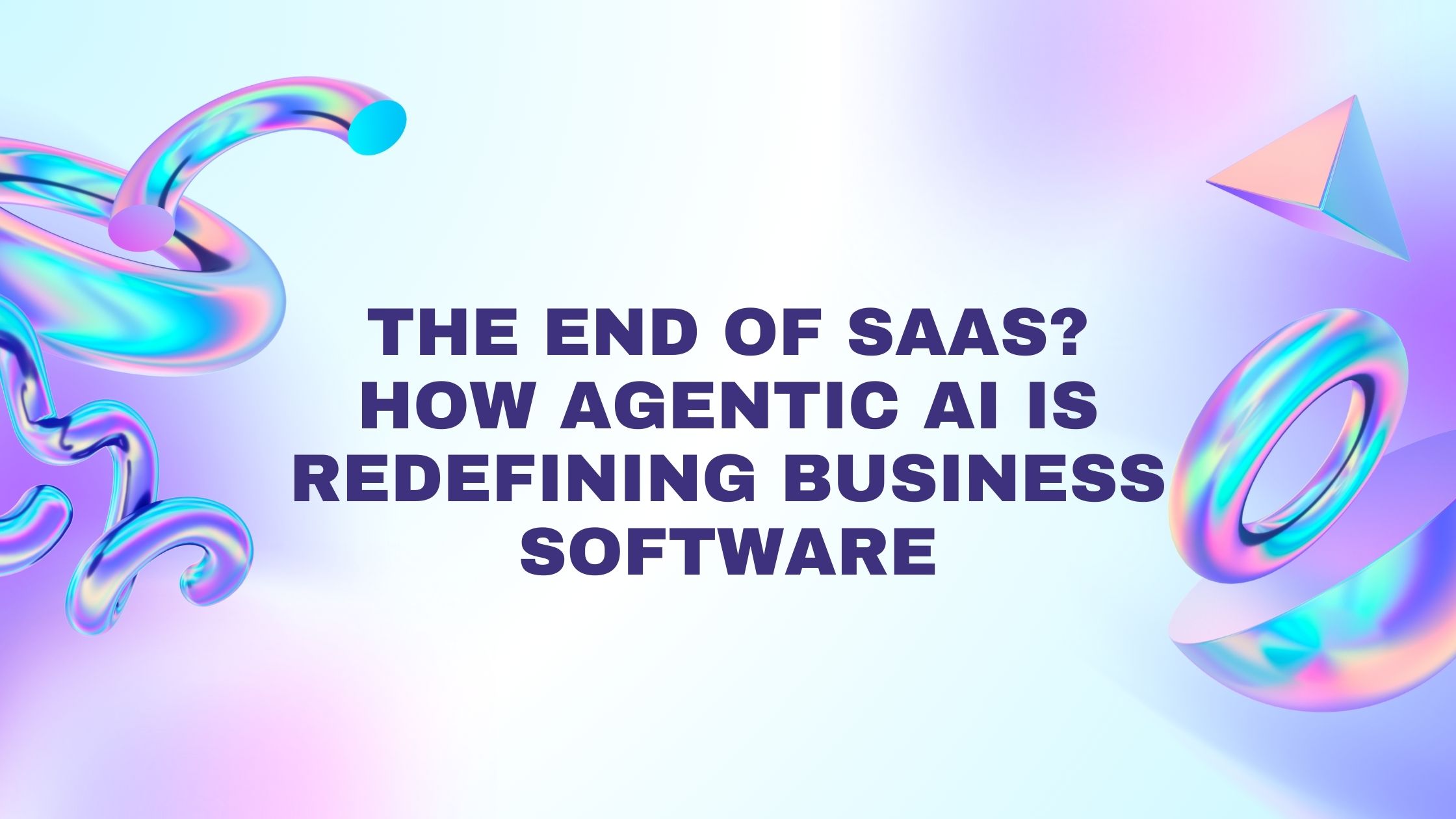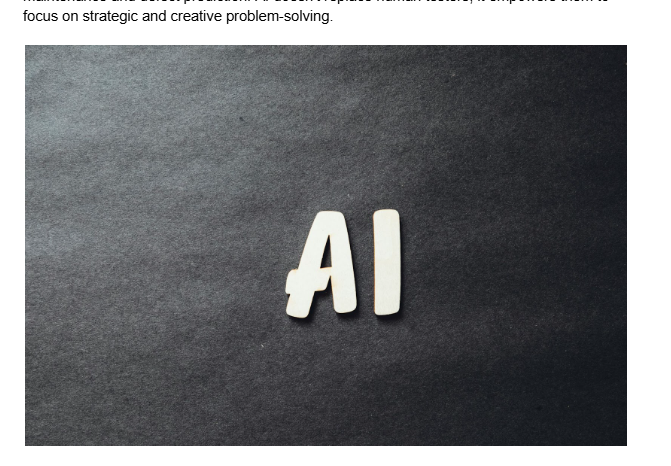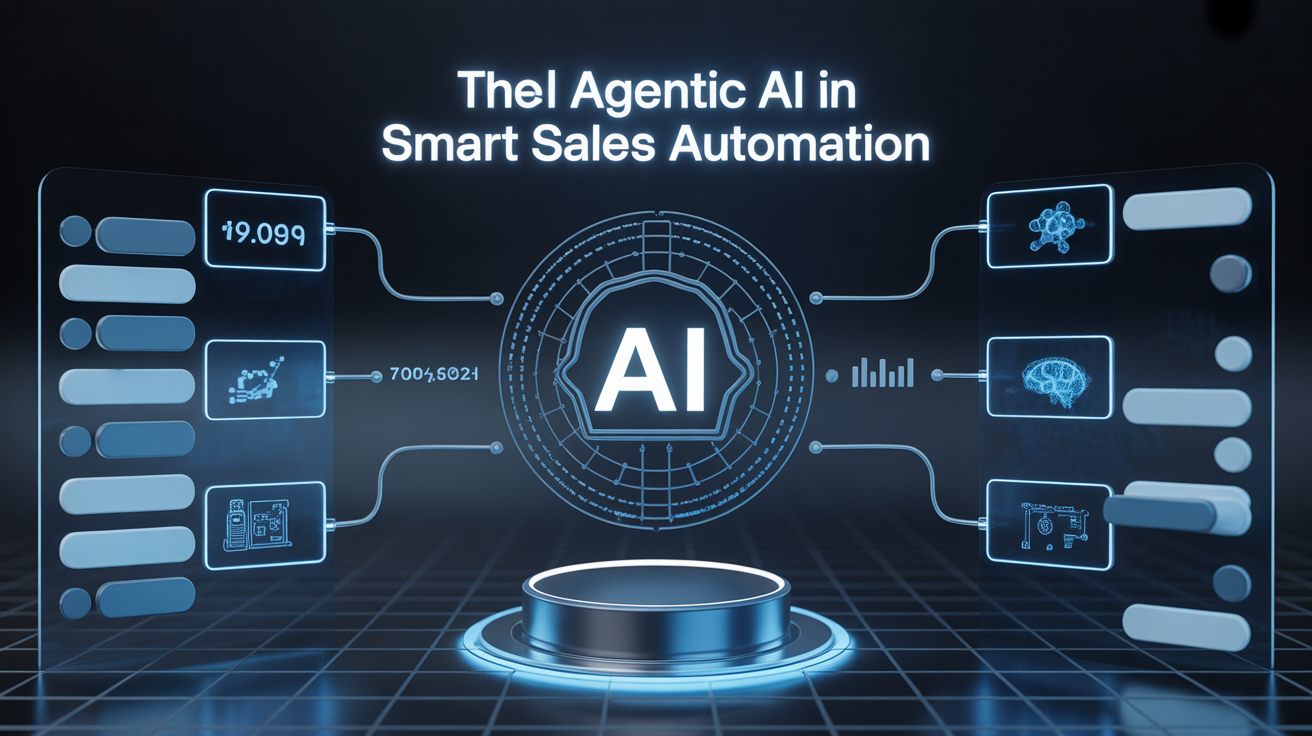
For the better part of two decades, Software-as-a-Service (SaaS) has been the gold standard for business software. It promised accessibility, low upfront costs, and the freedom to scale without managing infrastructure. And for a long time, it delivered on those promises.
But times have changed.
Today’s businesses are drowning in tools. A startup might use one platform for email marketing, another for project management, a third for analytics, and a fourth just to connect everything together.
Every tool adds a new login, a new learning curve, and another monthly bill. Instead of making work easier, the average SaaS stack has become a maze of disconnected features and redundant workflows.
Even worse? Most SaaS products aren’t built to adapt. They serve a one-size-fits-all model, where users are forced to adapt their processes to fit the tool, not the other way around. And in a world where AI is redefining what's possible, that rigidity is starting to look… outdated.
A quiet revolution is underway. Instead of buying tools, businesses are starting to build them, on the fly, with the help of autonomous AI agents. This shift isn’t just about convenience; it’s about taking back control.
How is agentic AI changing the game?
The Rise of Agentic AI: From Static Tools to Autonomous Agents
Most software today still operates like it’s 2015. You open an app, click through menus, trigger functions, maybe automate a few tasks if you’re savvy. But at the end of the day, you’re still the one doing the heavy lifting, navigating the UI and figuring out what goes where.
Agentic AI flips that model on its head.
Instead of using software like a toolbox, you work with an AI agent that understands your goal and gets the job done for you. These agents aren’t passive assistants. They’re proactive, autonomous, and capable of making decisions based on context.
What makes them different?
- They can interpret intent from natural language.
- They plan and execute tasks, not just suggest them.
- They adapt in real time, learning from actions and adjusting workflows as they go.
- And perhaps most importantly, they can build and evolve their own logic, writing or rewriting code on the fly to solve new problems.
Think of agentic AI as the shift from manual labor to intelligent automation, except it’s not replacing workers but replacing tools.
Why SaaS Is Becoming Obsolete
SaaS had a good run. It gave businesses access to powerful tools without the burden of hosting, maintenance, or expensive licenses. But somewhere along the way, the model started to show its age.
Here’s the core problem: SaaS is built around fixed features, not evolving needs.
Let’s say you run a small marketing agency. You need to:
- Create content
- Manage social media
- Automate outreach
- Track performance
- Build reports
In a typical SaaS setup, that means juggling five different platforms, each with its own dashboard, learning curve, and monthly invoice. None of them talks to each other naturally. Integrations help, but they’re brittle. You’re stuck duct-taping your tech stack together just to get a basic workflow running.
And when your needs change? Too bad. You wait for product updates (if they ever come), or worse, you start shopping for a different tool that “almost” fits.
This isn’t scale. It’s the accumulated complexity that drains your budget.
Agentic AI platforms are changing that by eliminating the concept of “apps” altogether. Instead of rigid tools, you get intelligent systems that build the solution around your goal and evolve as your business evolves.
Want a new email campaign? The agent creates the copy, schedules it for posting, and tracks the results, all in one place, with zero handoff.
Need to add a lead scoring model? Just say the word. The system writes the logic, tests it, and deploys it in minutes.
This isn’t the future of SaaS. It’s the end of it.
Moxby: A Super Agent for the Post-SaaS Era
If agentic AI represents the future of software, Moxby is already living there.
Where most platforms are still trying to bolt AI onto outdated SaaS models, Moxby was built from the ground up as an AI-native system — one that doesn’t just help you use software, but helps you build and run it.
At its core, Moxby is a platform where anyone (developers, entrepreneurs, agencies, or solo founders) can create, customize, and host fully functional software applications without writing code.
But don’t mistake this for just another no-code builder. Moxby is far more flexible because the AI modifies real code behind the scenes. You’re not dragging and dropping components but telling your AI agent what you want, and it rewrites your software accordingly.
Need a custom CRM? Just say the word. Want to add user authentication, change your UI, or connect it to your marketing automation? Talk to Moxby. The AI understands your intent and updates your application in real time.
And the best part? Everything is hosted for you, no DevOps required.
A Platform for Builders and Users
Moxby bridges two worlds that were traditionally siloed:
- Open-source developers can deploy projects to Moxby’s marketplace and finally monetize them with recurring revenue, from hosting fees and user subscriptions, without managing ongoing support.
- Non-technical users can browse these projects, deploy them with on e click, and fully customize them using AI, whether you’re building business tools, internal dashboards, or even mobile apps and browser extensions.
In other words, Moxby gives users the power of software ownership, without the complexity. And it gives developers a new business model without the customer support burden.
Not Just a Product But a Platform Shift
Moxby isn’t trying to be the next Trello, Salesforce, or Notion. It’s replacing the need for them.
You don’t rent a static tool. You deploy an app that you own, you customize, and that grows with your needs. You don’t wait for feature requests or pay extra for integrations. You tell Moxby what you want, and it builds it.
And because it’s powered by autonomous AI, Moxby goes beyond app creation. It can:
- Connect to your analytics and Search Console data
- Audit your workflows
- Suggest improvements
- Even create and schedule content or emails based on your business goals
This is what the end of SaaS looks like: a world where you don’t buy software but build it effortlessly, evolve it endlessly, and own it completely.
Moxby is not just responding to the agentic AI movement — it’s leading it.
What This Means for Developers and Businesses
The rise of agentic AI isn’t just a technical shift but an economic one.
For developers, the traditional SaaS route has always come with friction: build a product, host it, manage updates, provide support, and somehow figure out monetization along the way.
Open-source creators, in particular, have long struggled to capture the value they create unless they build cloud-hosted versions or enterprise plans (often a huge lift for a solo dev or small team).
Moxby changes that.
With Moxby, developers can list apps in a growing marketplace where users deploy software in one click and pay recurring fees for hosting and usage. The AI handles support by letting users modify the app themselves. No customer tickets. No feature requests. No burnout.
It’s like turning every open-source repo into a fully hosted, fully customizable product, with built-in monetization.
For businesses and non-technical users, the implications are even bigger.
Instead of being locked into a subscription with a SaaS product that’s 80% right (and 20% frustrating), they can:
- Deploy software tailored to exactly what they need.
- Modify it instantly through natural conversation with AI.
- Scale, extend, and evolve their tools without hiring a dev team or waiting on a roadmap.
Need an internal dashboard that pulls in Google Analytics, filters leads, and sends reports every Friday? Say the word. Moxby builds it.
Want to pivot your product? Change your workflows? Automate customer outreach? Moxby evolves with you.
You’re not locked into someone else’s idea of how your business should run. You define it. And the software follows.
This is the future: custom, AI-built tools for everyone, no dev team required.
From Tools to Intelligence: Where the Software Industry Goes Next
For the last two decades, SaaS reigned as the dominant model for how businesses accessed software: centralized, scalable, and easy to distribute. But its very structure of rigid features, fixed roadmaps, and paywalls for customization has become its own weakness.
Agentic AI empowers users to define their own tools, not adapt to someone else’s. It transforms software from static products into intelligent collaborators. And with platforms like Moxby, that vision isn’t theoretical — it’s working now.
Moxby shows us what’s possible when you stop thinking in terms of apps and start thinking in terms of outcomes.
- Want a CRM? Get one tailored to your exact workflow.
- Want to monetize your open-source app? Do it without spinning up cloud infrastructure.
- Want to stop switching between half-baked tools? Just build the one that fits and evolve it as you go.
This is more than a new trend. It’s a new era of software where intelligence replaces interfaces and autonomy replaces subscriptions.
The SaaS era isn’t ending because software is dying. It’s ending because software is finally becoming alive: fluid, responsive, and built just for you.
And platforms like Moxby are leading that evolution, one AI super agent at a time.



